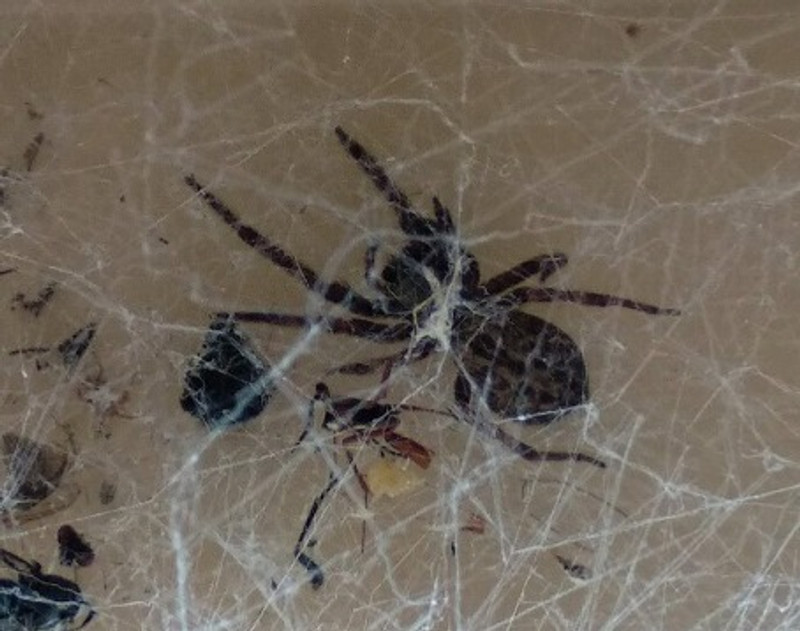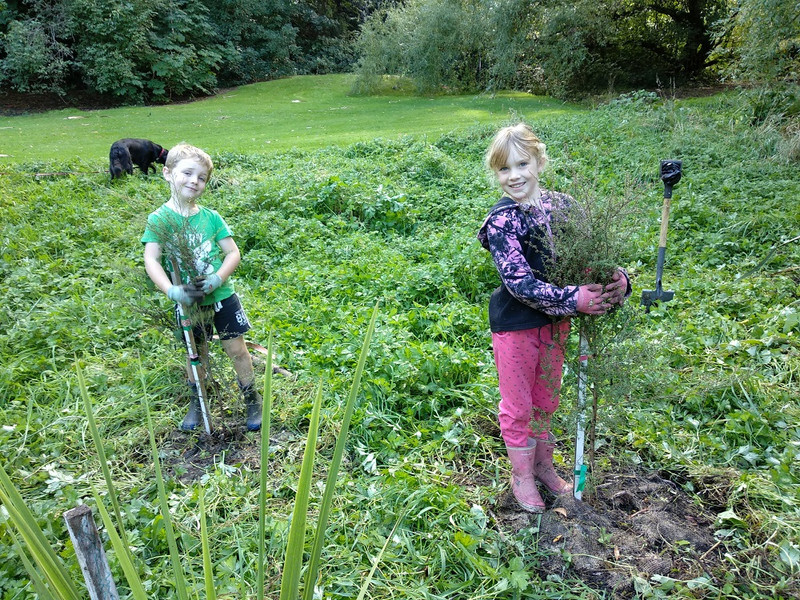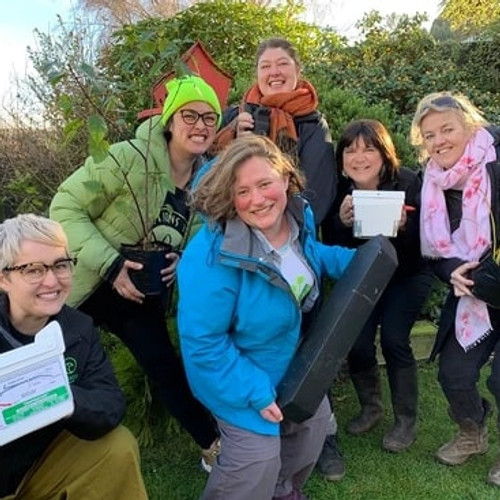Nature Nurture and Exploration!
With many members of our community currently staying home, we have been offered an opportunity to spend time exploring our backyards and local parks. Maybe in the last week or so you’ve found some new invertebrate creatures hiding in the wood pile, or slinking through the leaf-litter in the corners of your backyard that you’re not too sure what they are.
How about giving Creepy Crawly Hunting a go? Carefully lift up logs or tiles/rocks in your backyard and see what might be congregating beneath. You’ll usually find some good hangout spots for invertebrates (they’re definitely not sticking to the current lock down rules!). Try identifying what you find using an identification key or for soil invertebrates specifically, try here. Delicately replace the log or rock where it was, returning the creepy crawly’s home. Leaf litter and soil invertebrates love living among fallen leaves, rock and log piles - feel free to leave these lying around your backyard if you’d like to give your new creepy crawly friends another home, holiday destination or leafy buffet!
Creepy Crawlies, or invertebrates, are animals that don’t have a backbone and can be found living in a variety of different places. You will often find a whole diverse invertebrate world living among the leaf litter and soil of your backyard. Soil and leaf litter habitats support a range of diverse invertebrate life. As invertebrates have a low tolerance for light, high temperatures and dry conditions, it’s no wonder they thrive in the low temperature, darkness and high humidity of soil and leaf litter environments. Many have poor vision, mostly relying upon their touch and smell senses. Many soil invertebrates are an important part of decomposition—eating dead and decaying leaf matter and tree trunks, recycling nutrients back into the soil which provides nutrition for plants. In New Zealand, many introduced soil invertebrates have established themselves in converted land (e.g. in urban environments). Some native species however, have adapted well to urban environments.
Many invertebrates can also be found living inside! As I write this, I’m keeping my eye on a rather large house spider that’s built a large web and has been living in the corner of my window for the last year. I often watch it as it tentatively approaches and gobbles the pesky flies that manage to get caught in its web! This spider is a species of house spider, in the genus "Badumna", and is an Australian import.
Riparian Rhapsody Aroha!
Just before we all began living within our bubbles, we managed to squeeze in a working bee at the Riparian Rhapsody at Chingford Park. We gave our previous planting a hug and gave them some respite from the weeds that had begun to creep up as well as introducing them to a few new native plant friends!
If Chingford Park is within walking distance to you, please feel free to visit the Riparian Rhapsody. You can find it by the tee to hole eight of the Disc Golf course. Watch out for any stray discs while there!
We would love to see how your Creepy Crawly hunting goes - try out inaturalist and contribute to the nationwide #stayiNathome project to take pictures of what you find in your backyard. As well as a handy place to keep track of what you have found, if you’re not sure what something is, there are a bunch of amazing experts ready and willing to help you identify your discoveries! If you live within the Lindsay Creek Catchment area, any photos you upload will also automatically appear as part of the Open VUE project.
While having my morning tea this morning, I was delighted to spot a New Zealand red admiral butterfly in my backyard - the first I’ve ever seen here before and was able to snap this picture and upload it to iNaturalist as an observation!
You’re also more than welcome to share your findings in the Open VUE facebook group or email me with your name and the photo I can upload it there for you (openvue@northeastvalley.org).








